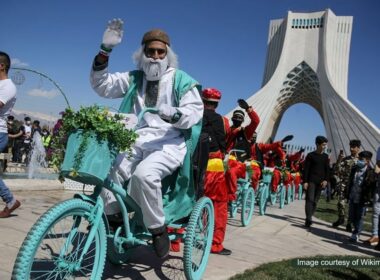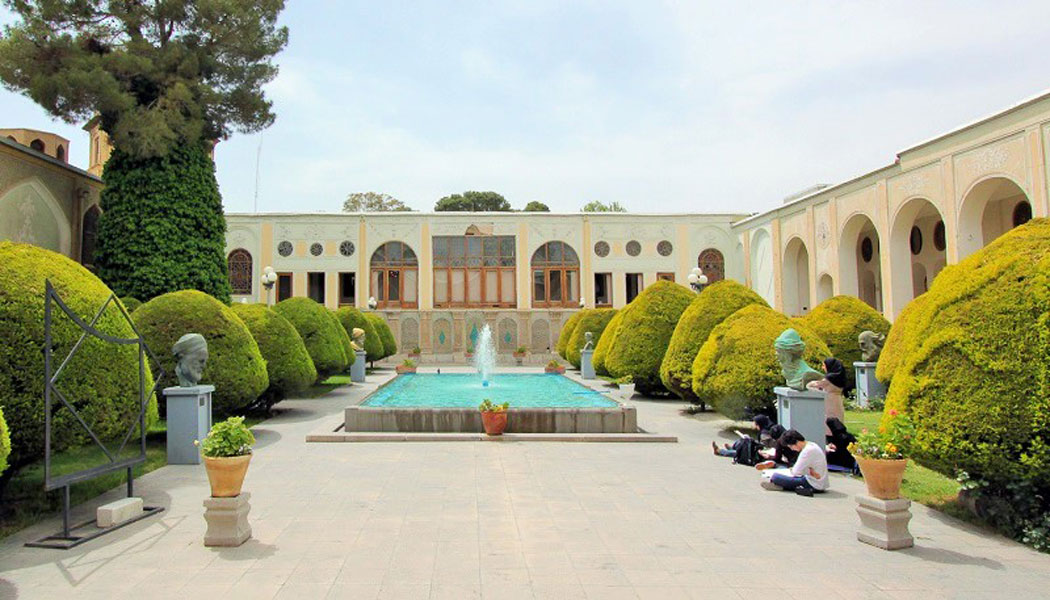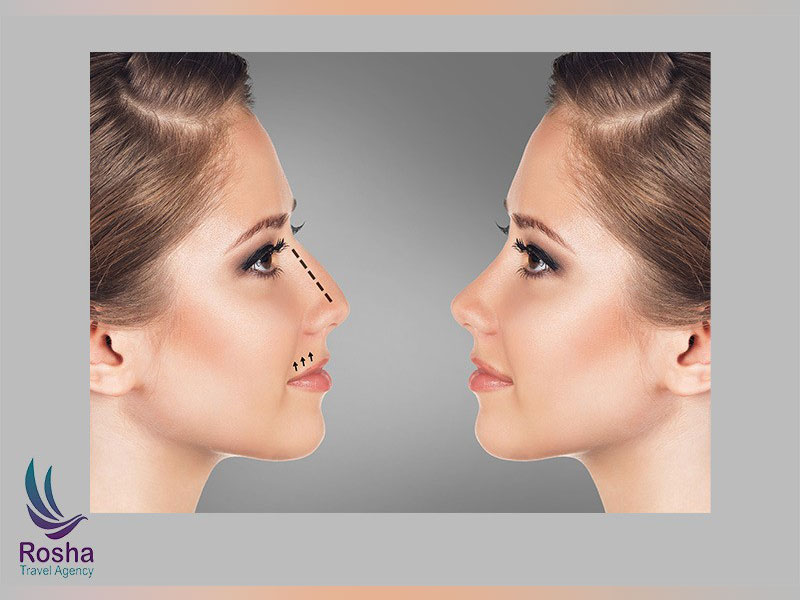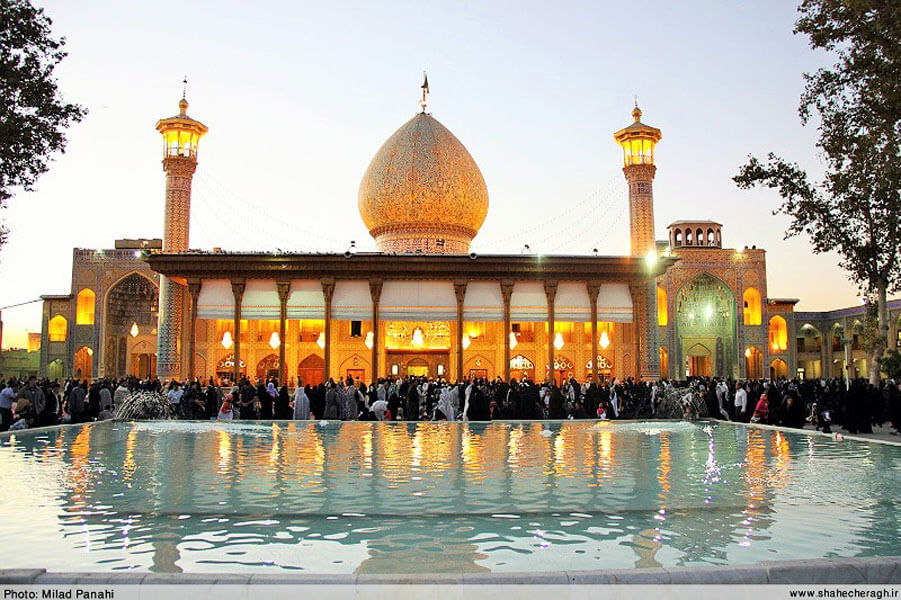
The city of Shiraz, which existed since ancient times and the time of the Achaemenids and Persepolis construction, is a very beautiful city with an area of 340 square kilometers. In terms of size and scope, Shiraz is after Tehran, Karaj, Esfahan and Mashhad. This city has many historical monuments, some of which are kept in the Metropolitan Museum of New York. Among the ancient religious monuments of this city, we can mention Shah-e Cheragh Shrine.
Whose Burial Place is Shah-e Cheragh Shrine?
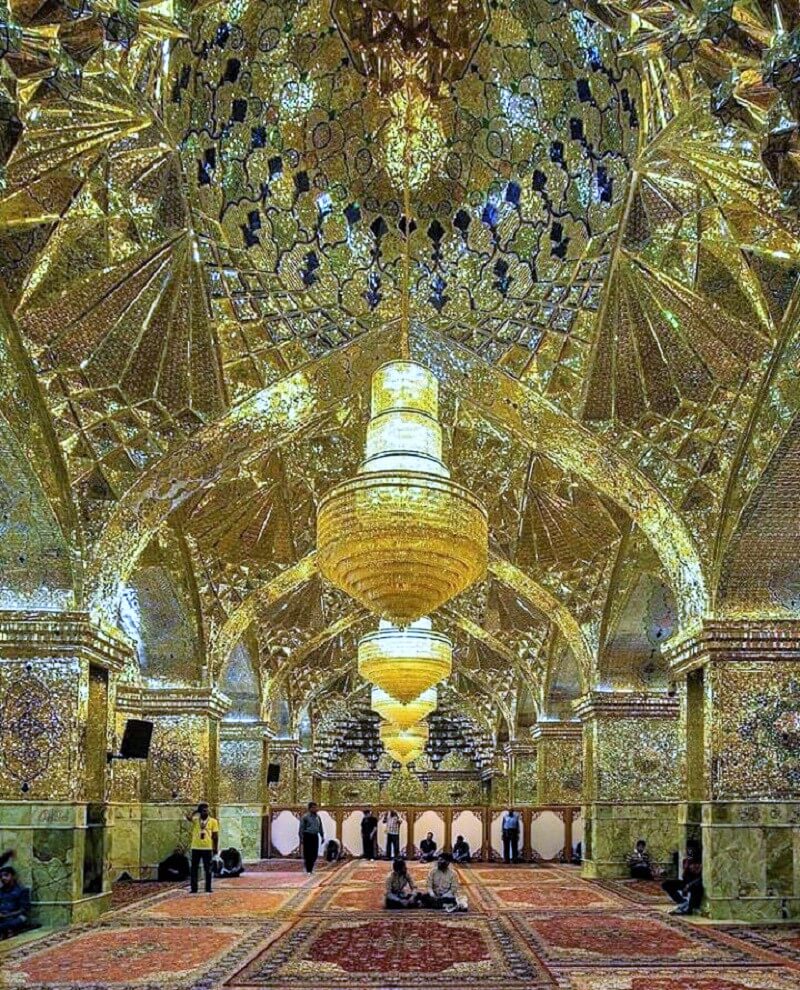
Shah-e Cheragh Shrine is the burial place of two sons of the the 7th Shiite Imam, Imam Musa Kazem (AS). The tombs of “Mir Seyyed Ahmad”, the eldest son of the 7th Imam, who took the title of Shahcheragh, and “Mir Seyyed Muhammad”, who are the brothers of Imam Reza (AS), are located in this shrine.
After the martyrdom of the 7th Imam, it was thought that his son, Mir Seyyed Ahmad, would become the 8th Imam of the Shiites, but he introduced his brother Imam Reza (AS) as the 8th Imam in a sermon. For this reason, it is believed that Ahmad bin Musa, who was on his way to Khorasan with his brother (Reza), was martyred in Shiraz by Mamun, the Caliph at that time.
The burial place of Ahmed bin Musa remained hidden for a long time until, during the reign of Azd al-Dawlah Deylami during the Al Boyeh era, an old woman narrated a different story. He stated that he lived next to Ahmad’s grave, and every Thursday he observed a light coming out of the soil and sat watching it until morning. Coincidentally, it seems to the old woman that maybe Imami’s body is buried there. He discusses this issue with Azad al-Dawlah. Later, it becomes clear that it is the grave of Hazrat Ahmad bin Musa, and for this reason, a shrine is built there.
On the other hand, due to the shining of his body in the soil, they took the title of Shah-e Charagh Shrine. The construction of this tomb dates back to the first half of the 10th century AD. Until then, the shrine had not been built and only a mound of earth was known as a shrine.
Finally, during the Atabakan period of Fars (early 11th century to early 12th century), they built the Shah-e Cheragh Shrine. The courtyard of this building has beautiful tiles. The interior of the shrine is decorated with small and colored mirrors. The mirrors are decorated with Arabic and Persian inscriptions in beautiful script.
Architectural Type and Characteristics of Shah-e Cheragh Shrine
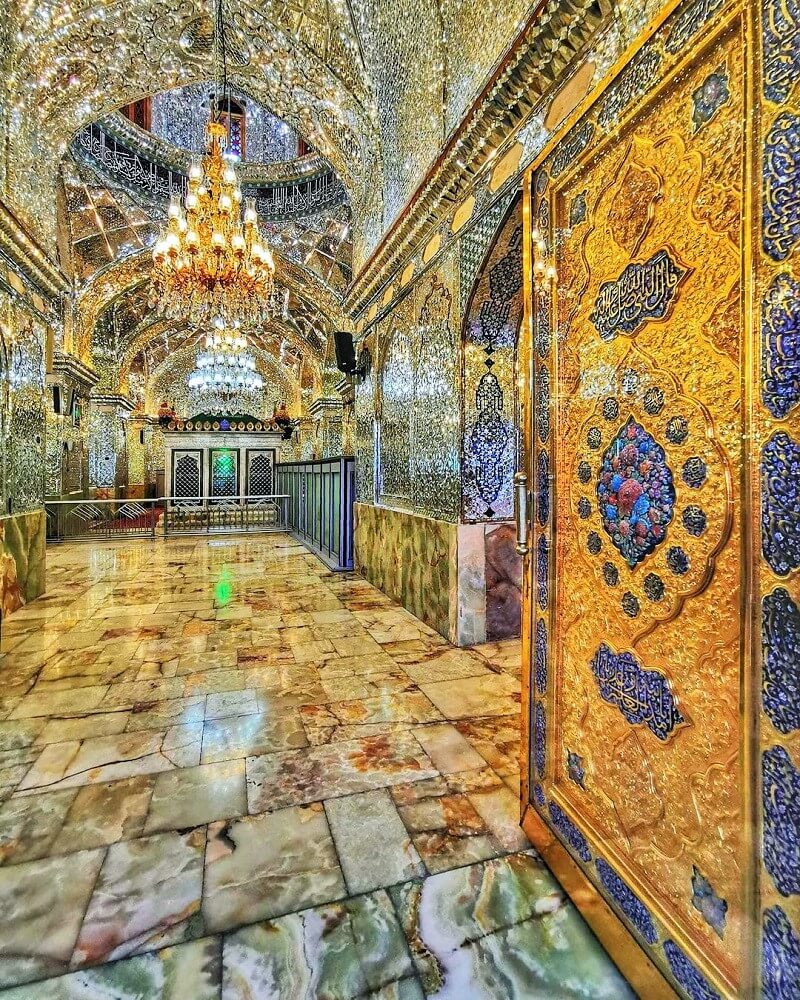
This large mausoleum has got a porch in front of it. All four sides of it have Shahneshin. In Iranian architecture, Shahneshin was a large room that had the best decorations in the house and was used to receive special guests. This shrine also has a very large courtyard. There is a Shahneshin under the dome where the Zareeh (the focal point of a shrine where the body of the deceased saint is buried) is placed. The material used for building this Zareeh is silver.
The Shah-e Cheragh Shrine complex has four doors, two of which are the main door and the other two are secondary doors. The main doors are located in the northern and southern parts of the complex and their entrances are beautifully tiled. After entering, you enter the courtyard through the main or secondary doors. As soon as you enter, you will see a large pond with a fountain and trees planted around it.
The tomb of Mir Seyyed Ahmad (Shahcharagh) is located in the western part of the courtyard and the tomb of Mir Seyyed Mohammad is located in the northeast of the courtyard. In Iranian calendars, the birth date of the imams is mostly written, and as a religious occasion, a celebration is held on the birthday of the imams. But since the birthday of Mir Seyyed Ahmad (Shahcheragh) is not known, it was decided to choose a day between the birthdays of Imam Reza and Hazrat Masoumeh as his birthday. For this purpose, the sixth day of Dhul-Qaida (Islamic Lunar Calendar) was chosen.
In recent times, the shrine of Shahcheragh was destroyed due to an earthquake, and later a person named Isa Bahadori restored it and re-tiled it.
Do not Miss Visiting This Attraction
Religious places are always suitable places for dual-purpose travel: sightseeing and pilgrimage. Therefore, if you are planning to travel to Shiraz on an Iran tour or personally, you must visit the shrine of Shahcheragh. By doing this, in addition to visiting the type of architecture and the way of construction and mirror work of this beautiful shrine, you also visit the tombs of two of the brothers of the 8th Imam.
If you are interested in such tomb buildings, you can find some similar shrines in this city. In general, due to the abundance of historical monuments and shrines in this city, Destination Iran recommends you consider other tourist attractions in Shiraz.




